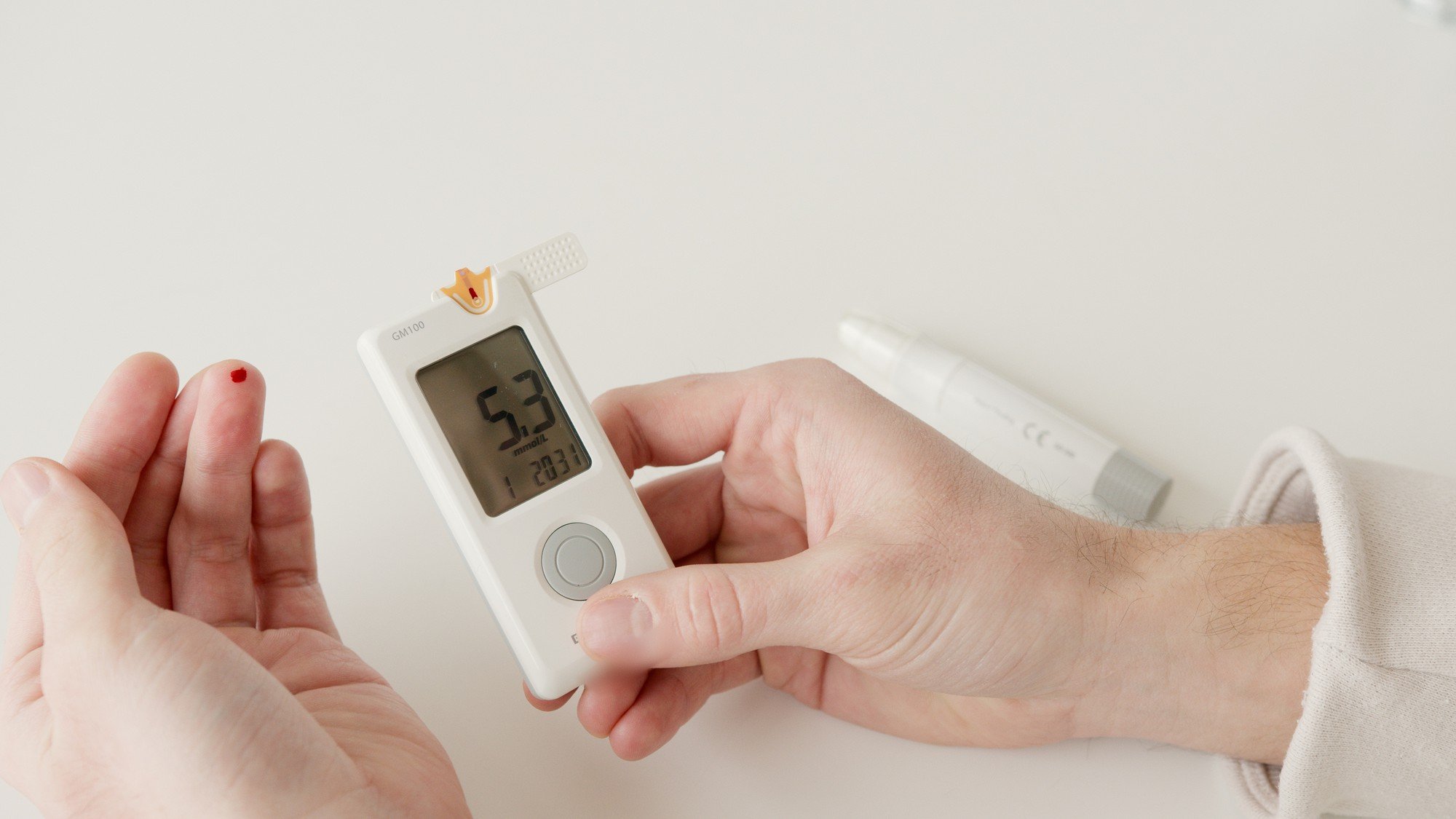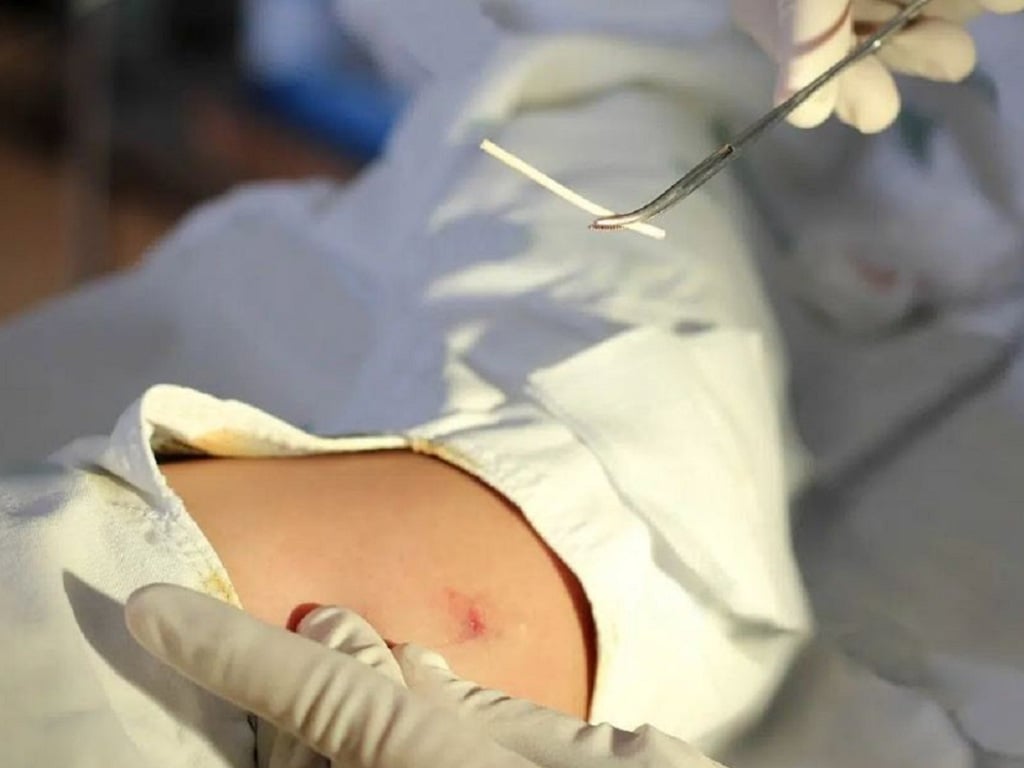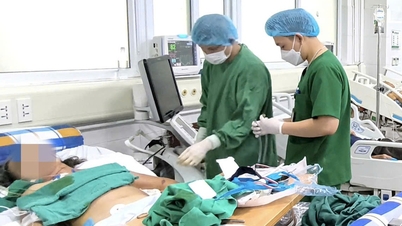Starting the day with health news, readers can also read more articles: New discovery about how to eat to help middle-aged people lose weight effectively; Girl has birth control implant in her arm, unexpectedly the implant goes into her heart ; Chronic insomnia increases the risk of death from cardiovascular disease by 53%...
Eat this fruit for breakfast to effectively control blood sugar.
Is your blood sugar spiking? Diabetes experts say fiber is one of the best choices for effective blood sugar control.
Butter. In addition to being good for your heart, avocados are also high in fiber. Just half of a medium avocado contains about 6 to 7 grams of fiber.

Diabetes experts say fiber helps control blood sugar more effectively.
Avocados have no sugar, and 79% of their carbohydrates are fiber, says Erin Palinski-Wade, a diabetes dietitian. Replacing carbohydrates with avocados in your diet can help your blood sugar levels.
Research published in 2021 in the scientific journal Nutrients found that eating half or one avocado at breakfast reduced participants' sugar levels and improved their insulin levels compared to a control group.
Beans. Incorporating a variety of beans into your diet is a great way to increase your fiber intake. Beans are rich in fiber, with 6 to 8 grams per cup of cooked beans.
Fiber comes in two types: soluble and insoluble. According to a 2022 study in the scientific journal Foods , soluble fiber is especially helpful in regulating blood sugar levels because it forms a gel-like substance when dissolved in water, slowing down the digestion and absorption of carbohydrates . The next content of this article will be on the health page on October 6.
New discovery about how to eat to help middle-aged people lose weight effectively
New research, just published in the scientific journal BMJ , has found that replacing refined starches with whole grains, fruits and vegetables is a unique way for middle-aged and older people to lose weight effectively.
By middle age, most people, especially women, have some degree of insulin resistance, which promotes fat storage and makes weight loss more difficult, says Anne Danahy, a registered dietitian in the US. Even without eating too many calories, a diet high in refined carbohydrates and sugars can exacerbate insulin resistance and promote weight gain .

As we reach middle age, women in particular are more prone to fat storage, making it more difficult to lose weight.
To address this issue, scientists from Harvard University and other prominent US universities used data from 136,432 people aged between 18 and 65 to examine the effects of carbohydrate intake on weight gain over a four-year period, followed for 24 years.
On average, participants gained 1.5 kg every four years, which translates to about 9 kg over 24 years, the researchers found.
Results found that increased intake of refined starches, sugars, and starchy vegetables such as peas, corn, and potatoes led to greater weight gain during middle age.
Conversely, increasing fiber and starch intake from whole grains, fruits, and non-starchy vegetables such as broccoli, carrots, and spinach resulted in the least weight gain. Readers can read more about this article on the health page on October 6 .
Rare: Girl had a contraceptive implant in her arm, but unexpectedly the implant went into her heart.
Contraceptive implants under the skin are an effective method of contraception and have a high rate of preventing pregnancy. However, a rare incident recently happened to a girl in Australia. The contraceptive implant under the skin of the arm unexpectedly moved to the heart. The incident shocked even the doctors.
Cloe Westerway, 22, from Melbourne, Australia, went to a local clinic to get the implant two years ago. She had no concerns about the procedure and felt very reassured.

A contraceptive implant implanted under Cloe Westerway's arm unexpectedly entered her heart.
"At first, I had no problems. But then I suddenly had severe nerve pain, heartburn, heart palpitations and vomiting," Ms. Westerway recounted.
When Ms. Westerway checked the contraceptive implant under her arm, it was no longer there. So she thought that her symptoms might be related to the implant. When she went to the hospital for a check-up, the doctor could not find the cause of her illness. Therefore, the safest thing to do was to try to remove the implant. However, when the doctor checked her underarm, he could not find the implant.
Upon closer examination, the doctor discovered that the contraceptive implant had entered Ms. Westerway’s right ventricle, reaching the left chamber of her heart. Start your day with health news to see more of this article!
Source link



![[Photo] Prime Minister Pham Minh Chinh chairs the 16th meeting of the National Steering Committee on combating illegal fishing.](https://vphoto.vietnam.vn/thumb/1200x675/vietnam/resource/IMAGE/2025/10/07/1759848378556_dsc-9253-jpg.webp)





























![[Photo] Super harvest moon shines brightly on Mid-Autumn Festival night around the world](https://vphoto.vietnam.vn/thumb/1200x675/vietnam/resource/IMAGE/2025/10/07/1759816565798_1759814567021-jpg.webp)






































































Comment (0)